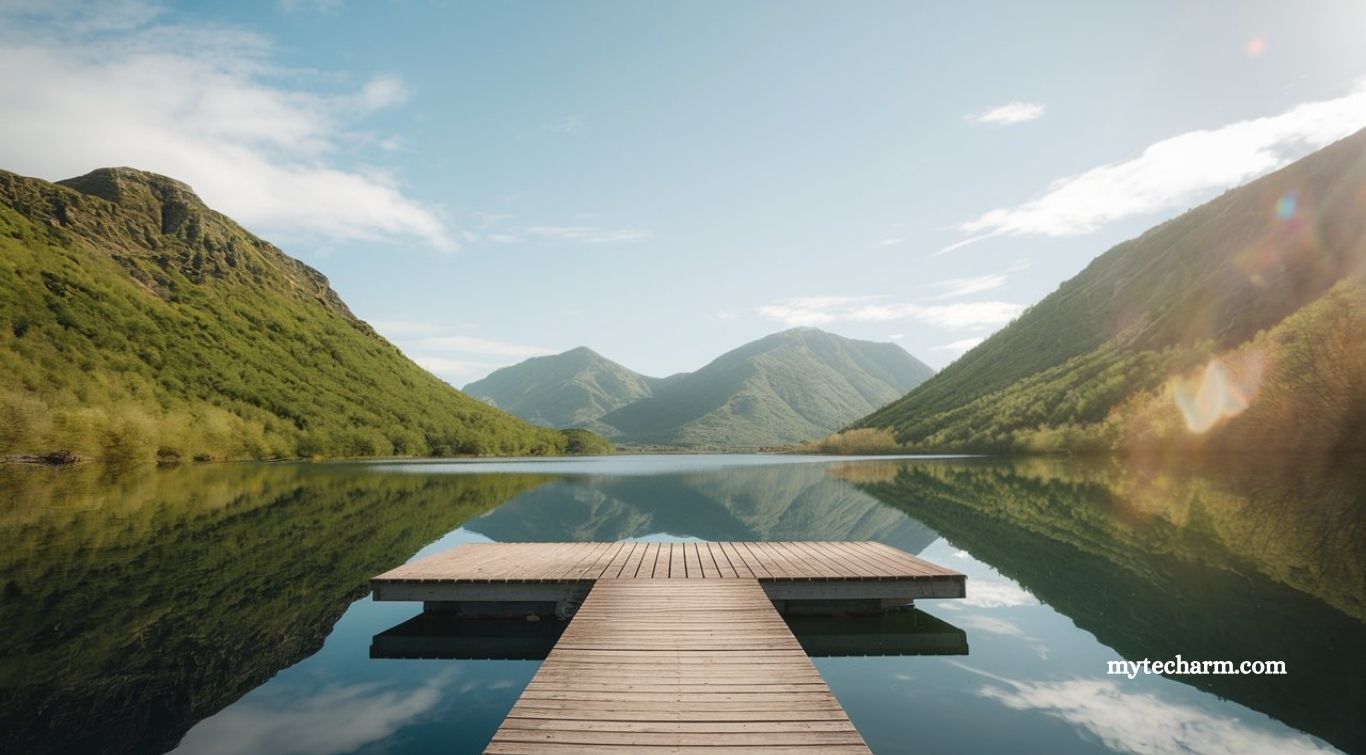Photography thrives on creative light manipulation, and lens flare adds a captivating touch. The Photeeq lens flare stands out as a powerful tool, blending artistry with technical finesse. This guide explores its impact, techniques, and tips to elevate your photography with stunning flare effects.
What is Lens Flare?
Lens flare happens when bright light, like the sun or artificial sources, directly enters a camera lens, scattering light and creating artifacts such as rings, halos, or streaks. While some photographers see it as a distraction, others use it creatively to add depth, mood, and emotion to their images.
Read More: Smart Real Estate Investing with LessInvest.com
The Beauty of Photeeq Lens Flare
Photeeq lens flare is a specialized effect designed to enhance visual appeal with soft, diffused light streaks. It brings warmth and an ethereal quality, transforming ordinary shots into captivating, immersive visuals that draw the viewer in.
The Science Behind Lens Flare
Understanding Photeeq lens flare starts with the science of light and optics. When light enters a camera lens, it reflects off internal elements, creating flare effects. Factors like lens shape, coatings, and element count influence its appearance.
The light’s intensity and angle also affect the flare’s look. A low sun during golden hour creates warm, soft flares, while harsh midday light produces sharper, more dramatic effects.
The Artistic Value of Photeeq Lens Flare
Photeeq lens flare is more than just an aesthetic choice—it enhances storytelling and evokes emotion. Here’s how it elevates photography:
- Creating Atmosphere: Its soft, dreamy glow adds a cinematic touch to landscapes, portraits, and urban shots, deepening emotional impact.
- Guiding Focus: Flare elements can naturally direct the viewer’s eye to key subjects, improving composition.
- Adding Depth: Light and shadow layers create a sense of dimensionality, making images feel more immersive.
- Enhancing Color: Photeeq lens flare enriches tones, from warm golden hues to cool blues, adding vibrancy and visual harmony.
How to Incorporate Photeeq Lens Flare in Your Photography
Want to experiment with Photeeq lens flare? Here are key techniques to achieve stunning results:
Choose the Right Conditions
Shoot during golden hour or at dusk when light sources are near the frame. Ideal lighting enhances flare without overpowering your subject.
Experiment with Angles
Adjusting your camera’s angle changes how flare appears. Try different perspectives—higher, lower, or tilted—to find the perfect effect.
Enhance in Post-Processing
Use software like Adobe Lightroom or Photoshop to refine or add lens flare effects. Keep it subtle to complement, not overpower, your composition.
Refine Your Photeeq Lens Flare Effect
Incorporate Filters
UV or polarizing filters can alter how light interacts with your lens, softening or enhancing flares. Experiment with different filters to achieve your desired effect.
Prioritize Composition
Lens flare adds artistic flair, but your subject should remain the focus. Use composition techniques like the rule of thirds, leading lines, and framing to create a balanced, visually compelling image.
Frequently Asked Questions
What is Photeeq Lens Flare?
Photeeq lens flare is a specialized effect that enhances photographs with soft, artistic light streaks, adding warmth and depth.
How does lens flare occur?
Lens flare happens when bright light, like the sun or artificial sources, enters the camera lens, scattering and creating visual artifacts such as rings, halos, or streaks.
Can lens flare be controlled?
Yes! Adjusting camera angles, using lens hoods, or experimenting with filters can help control or enhance flare effects.
When is the best time to capture lens flare?
Golden hour—just after sunrise or before sunset—is ideal, as the lower sun angle produces soft, warm flares.
Can I add lens flare in post-processing?
Absolutely! Software like Adobe Photoshop and Lightroom offer tools to create or enhance lens flare effects digitally.
Do certain lenses produce better lens flare?
Yes, prime lenses and lenses with fewer coatings tend to produce more pronounced and artistic flare effects.
Does lens flare work for all types of photography?
While it’s popular in portraits, landscapes, and urban shots, lens flare may not suit every style, especially in technical or documentary photography.
Can filters impact lens flare?
Yes! UV and polarizing filters can alter the intensity and appearance of lens flare, offering creative control over the effect.
Conclusion
Photeeq lens flare is more than just a light effect—it’s a powerful creative tool that can enhance mood, depth, and visual appeal in photography. Whether captured naturally or added in post-processing, it brings warmth, drama, and artistic flair to images.
By experimenting with angles, filters, and composition, photographers can harness lens flare to tell compelling visual stories. Mastering this technique allows you to transform ordinary shots into captivating works of art, making light an essential element of your creative vision.







